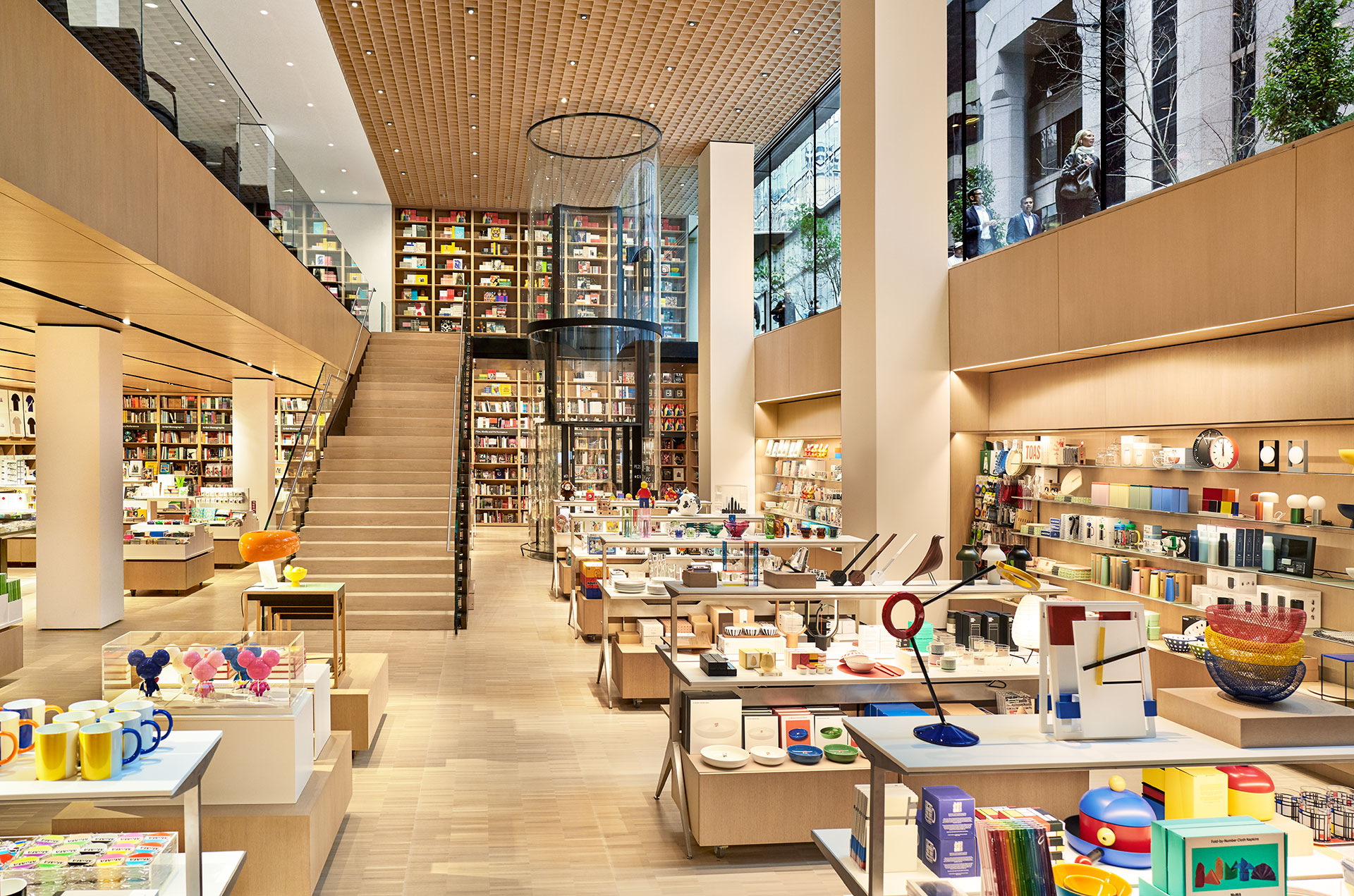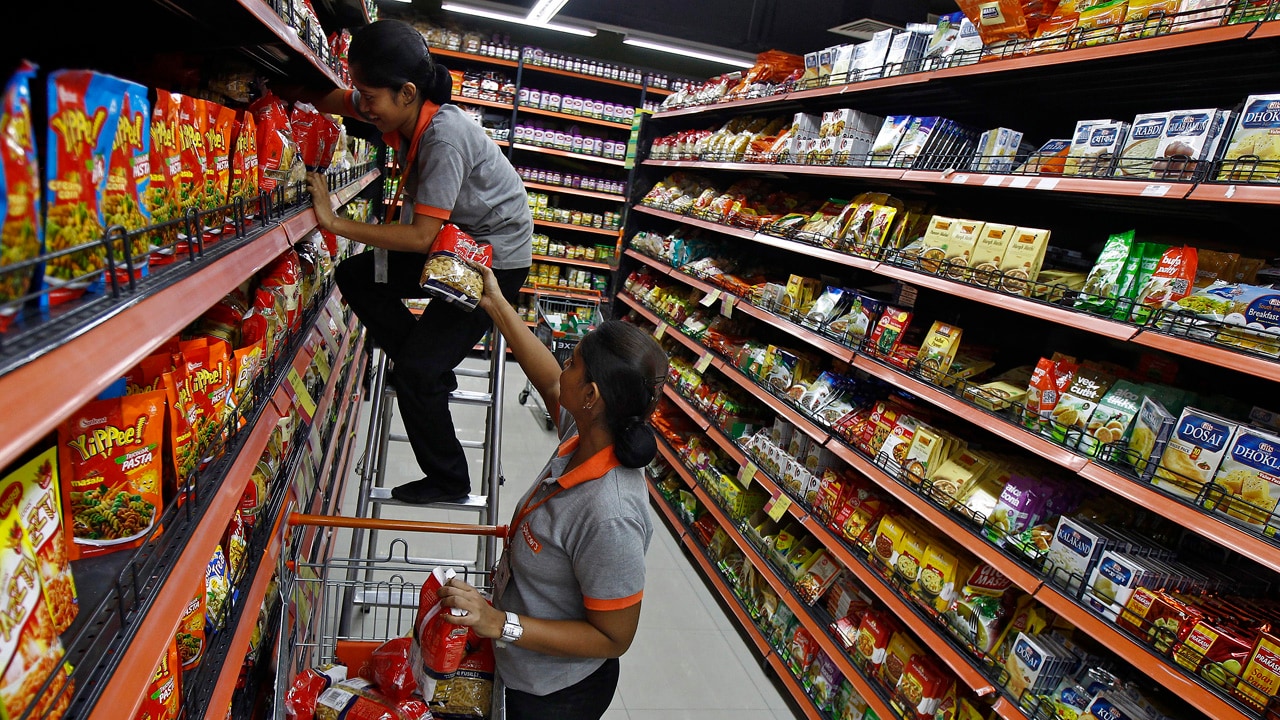Retail inflation likely hit 9-month high of 6.6% in July

Retail inflation likely hit 9-month high of 6.6% in July
India’s primary retail inflation, as indicated by the Consumer Price Index (CPI), is anticipated to have surged beyond the upper threshold of the Reserve Bank of India‘s (RBI) tolerance range of 2-6 percent in July. This increase is projected to drive the inflation rate to a nine-month peak, predominantly propelled by a notable escalation in vegetable prices.
Findings from a Moneycontrol survey involving 17 economists indicate that CPI inflation is expected to have surged to 6.6 percent in July, marking a substantial uptick from the 4.81 percent recorded in June.

The projected increase in retail inflation is attributed to the substantial rise in vegetable prices, which has had a cascading impact on the overall consumer price index. This development raises concerns about potential inflationary pressures in the economy, which could prompt the Reserve Bank of India to consider policy measures to manage the situation.
The findings from the survey illustrate the intricate interplay between various economic factors and highlight the potential impact of commodity price fluctuations on broader economic indicators such as inflation. Policymakers and economic analysts will closely monitor these trends to make informed decisions and ensure the stability of the country’s economic environment.

The Ministry of Statistics and Programme Implementation is scheduled to announce the retail inflation data for July at 5:30 pm on August 14. Prior to that, today at 5:30 pm, the ministry will release the Index of Industrial Production (IIP) data for June. Economists anticipate a slight dip in industrial growth, projecting it to have decreased to 5.0 percent from 5.2 percent in May.
Anticipated at 6.6 percent, the expected Consumer Price Index (CPI) inflation rate for July will surpass the Reserve Bank of India’s prescribed tolerance band for the first time in five months. This outcome also marks the 46th consecutive month wherein inflation has exceeded the central bank’s medium-term target of 4 percent.

These forthcoming data releases hold significant implications for India’s economic landscape. The IIP data provides insights into the performance of the industrial sector, reflecting the production trends across various industries. On the other hand, the CPI inflation data sheds light on consumer price movements, serving as a crucial indicator of purchasing power and inflationary pressures.
The potential breach of the RBI’s tolerance band underscores the challenges of maintaining price stability and the complex task of managing economic variables to ensure sustainable growth. Policymakers, economists, and market participants will closely analyze the data to gauge the overall economic health and potential policy responses.
The anticipated substantial increase of around 180 basis points in Consumer Price Index (CPI) inflation, rising from 4.81 percent in June to 6.6 percent in July, would mark the most significant month-on-month swing in over two years. This sharp escalation is primarily attributed to the rapid surge in vegetable prices, particularly notable in the case of tomatoes. Rahul Bajoria, who leads EM Asia (excluding China) Economics at Barclays, projects that the overall CPI index experienced a month-on-month uptick of 1.9 percent in July. This substantial increase is the most noteworthy since April 2020.
This pronounced rise in vegetable prices, notably tomatoes, contributes significantly to the overall inflationary pressures observed in the CPI. Such rapid fluctuations in key components of the CPI highlight the volatility and sensitivity of certain segments of the consumer price index to external factors.
The substantial month-on-month change in CPI inflation showcases the dynamic nature of economic indicators and the potential impact of specific factors, such as fluctuations in commodity prices, on broader economic trends. Such shifts underscore the intricate balance required in managing economic variables and formulating policies to ensure price stability and sustained growth in the face of varying external influences.
“We project that food prices experienced a notable increase of 3.4 percent on a month-on-month basis in July. This escalation would be comparable to the surge observed in April 2020 and marginally lower than the substantial spike witnessed in July 2014, which was influenced by severe weather conditions that elevated vegetable prices,” noted Bajoria. He further elaborated that the estimated food and beverage inflation for July stands at 8.1 percent, indicating a significant rise from the 4.63 percent recorded in June.
The projected increase in food prices, particularly within the food and beverage category, underscores the considerable impact of external factors, such as weather conditions, on commodity prices and subsequently on inflation. The parallels drawn to previous instances of price spikes due to extreme weather conditions highlight the influence of such factors on the economy.
These insights reveal the intricate relationship between external factors, consumer behavior, and inflationary trends. The projected surge in food prices and subsequent food and beverage inflation exemplify the need for careful monitoring and policy management to address potential price fluctuations and their implications for overall economic stability.




